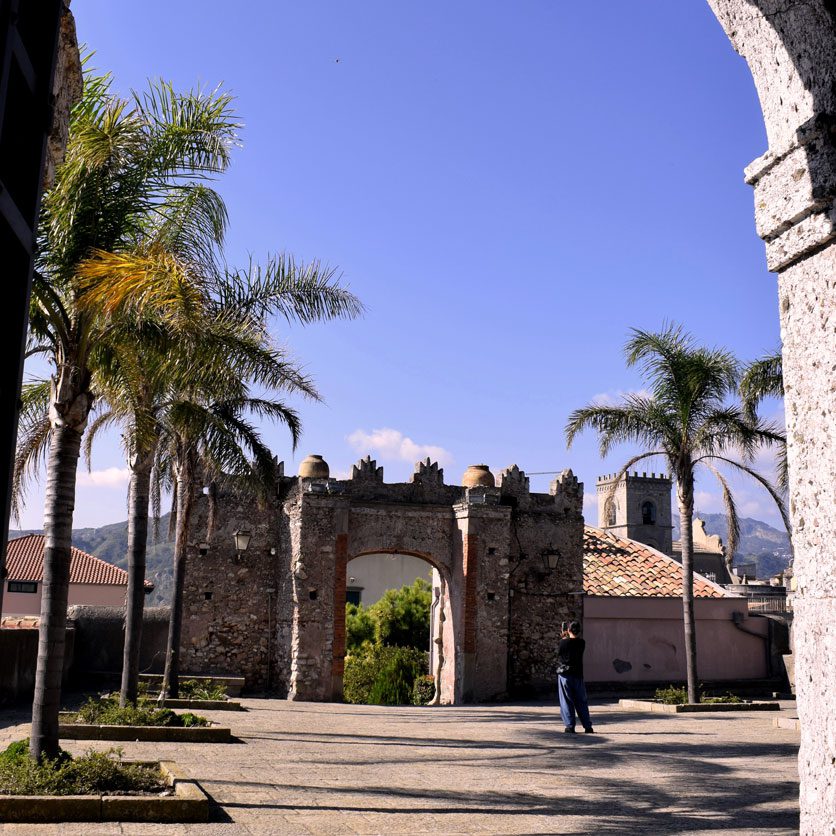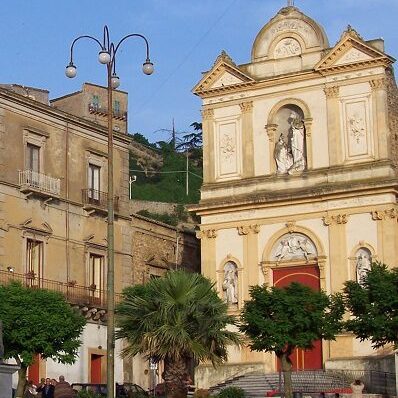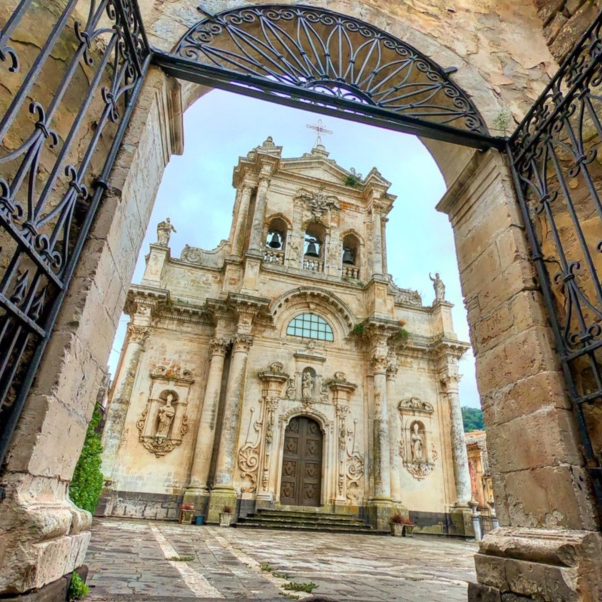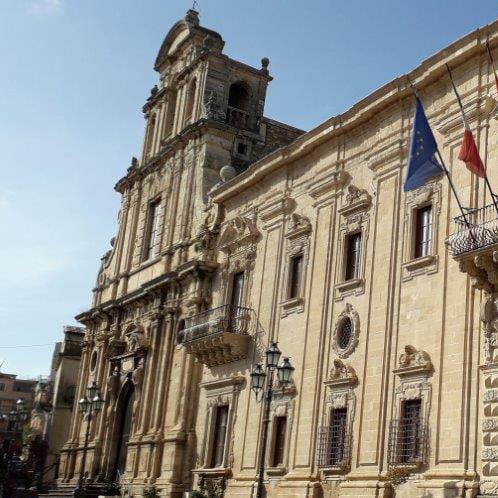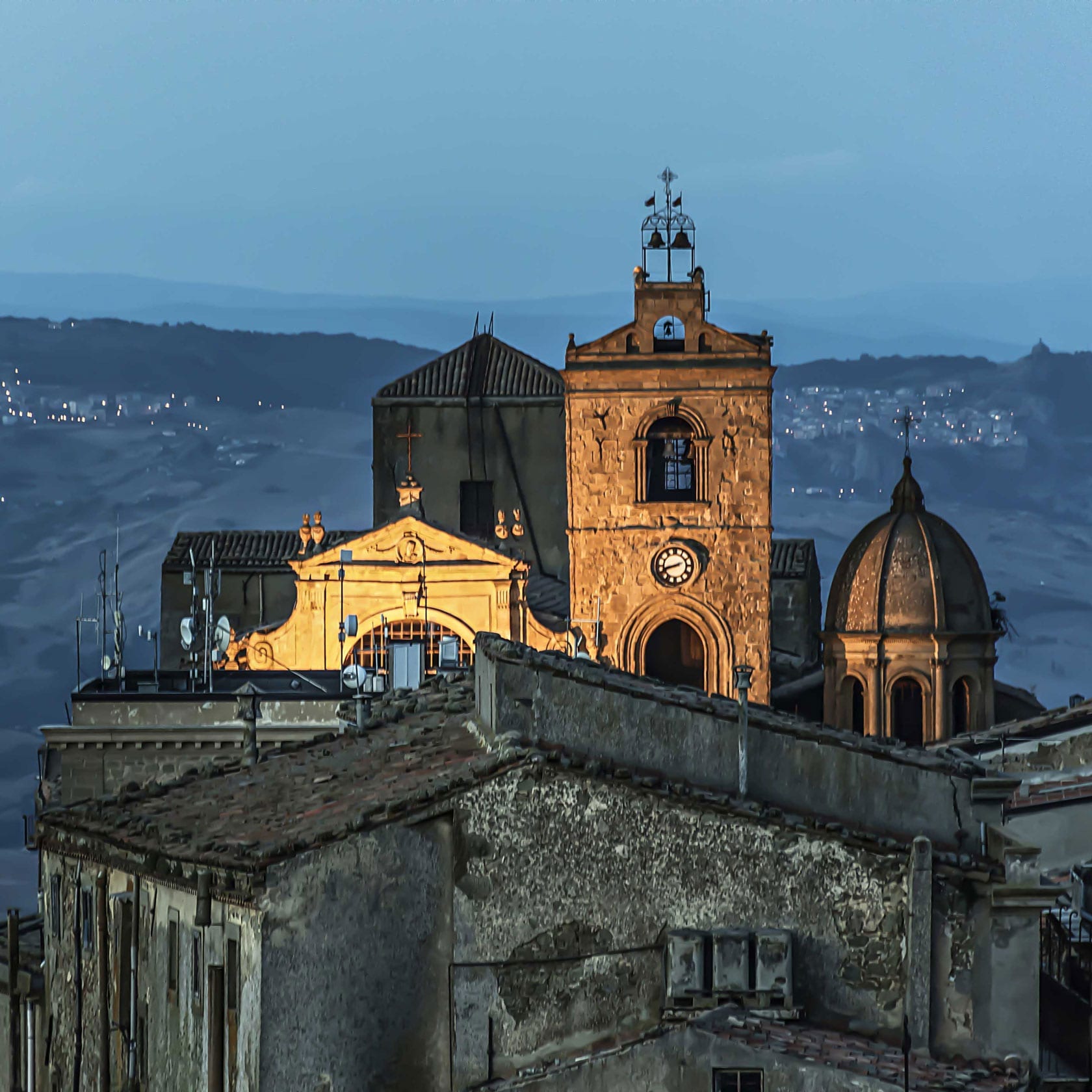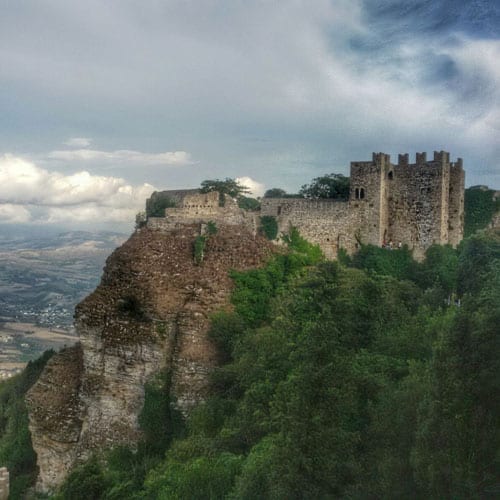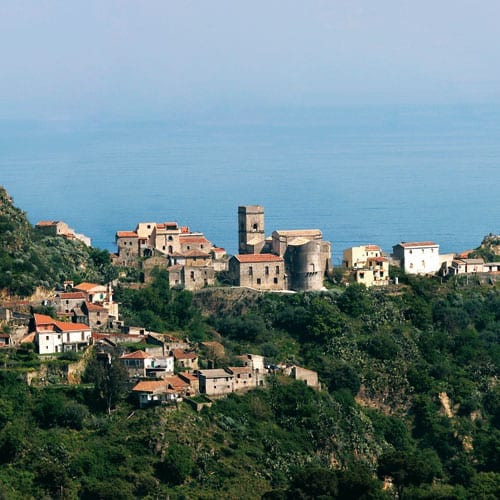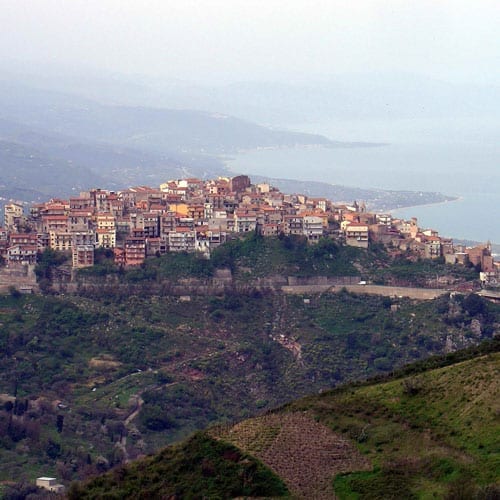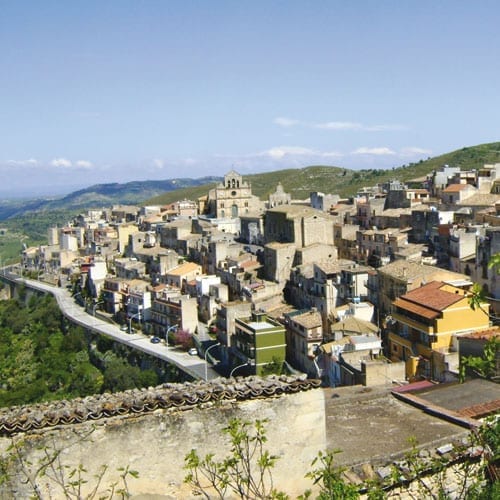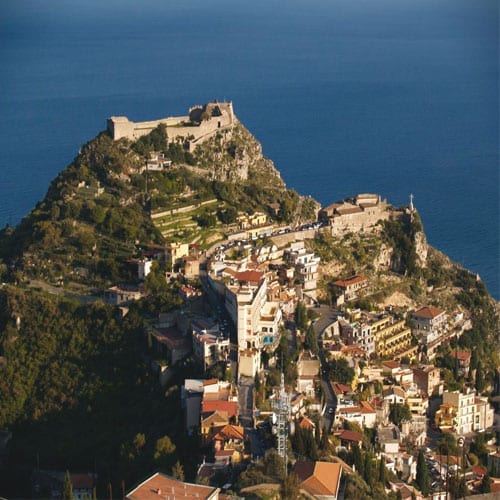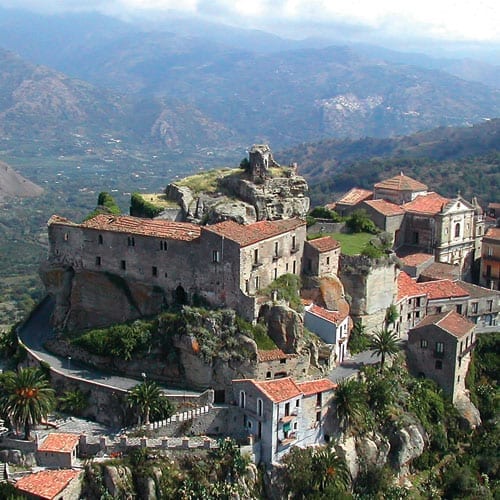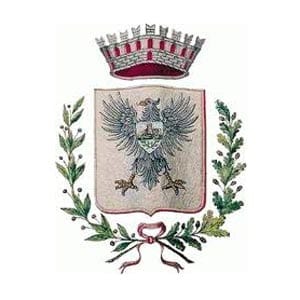 Salemi
Salemi
MUNICIPALITY OF salemi
(Trapani District)
Altitude
mt. 446 a.s.l.
POPULATION
10647
ToURIST INFORMATION
ufficioturistico@cittadisalemi.it
Tourist office, Piazza Libertà
Ph. +39 0924 991400
www.livingsalemi.it
www.salemi.gov.it

The ancient origins of Salemi date back to the epoch of the Sicanis. The actual name of the Borgo derives from the Arabic Saleiman, i.e. the child of the commander that conquered the city in 827, or from Salem (peace) or Salam (healthy city). Others believe that the name is linked to Italian word sale (salt) for the brackish waters of the river Salso that crosses the city.
Salemi lies around a Norman-Swabian castle, on a hill between the vineyards and the olive groves of the Belice valley, in the middle of the province of Trapani. The area is rich in archaeological testimonies: Mokarta, Polizo and the area of St. Miceli. The historical center of the Borgo of Salemi is like a coffer of architectural treasures: historical buildings made with the local, churches, the Jewish district of Giudecca and the Islamic district of Rabato. Salemi is “the town of breads”: the workmanship of the devotional breads is part of different traditional celebrations that are still today held in the Borgo, such as the well known Feast of St. Joseph of March 19th, with its famous “suppers” and “altars”, the Feast of Sant’Antonio Abate with the cudduri and the Feast of St. Biagio with the cavadduzzi and the cuddureddi. The area is rich in crops of lemon trees, fruit and vegetables.
Recent archaeological excavations prove that Salemi is the heir of the ancient town of Halyciae, founded by the Elimis, who lived in western Sicily around the first millennium B.C. Occupied by the Arabs in the 827, Halyciae preserves the testimonies of its long history in the archaeological sites of Mokarta and Mount Polizo. The historical center of Salemi was partially destroyed by the 1968 earthquake. Its 28 churches and various buildings are built in a calcareous sandstone call campanedda. Despite the four suffered earthquakes (1693, 1783, 1794 and 1968), the castle is among the best preserved in Sicily. Built around 1225 for the will of Fred Il of Swabia, it still preserves three of the four native angular towers.
The Mother Church of Salemi was built in 1615 in the highest part of the Borgo, probably in the same place where the Elimis had raised a temple to Venus and the Arabs a mosque. The church, with a Latin cross plan, collapsed with the 1968 earthquake except for the apse which has remained intact.
The 17th century Church of the College bears a monumental Baroque façade, work of the Jesuit Vincenzo Cascio, similar to that of the church of the Jesuits in Rome. You can admire the central front door adorned with two double columns twisted in stone. In the Church of the Crucifix a wooden Crucifix by Fra’ Umile from Petralia is preserved.
The typical dish is the busiata that you can taste with different sauces. Worth to be tasted are also the alivi scacciati (crushed olives), the milinciani sutt’ogghiu (in oil eggplants ), the sarde a beccafico (sardines cooked in a particular way). The typical sweets are made with the ricotta cheese, such as the cassatedde or cassatelle and the sfincia. The traditional buccellato is a kind of donout stuffed with dried figs, raisins, almonds and barks of orange. You must also try the Vastedda of the Belice Valley: a cheese made with the milk of a particular breed of sheep of this Valley.


